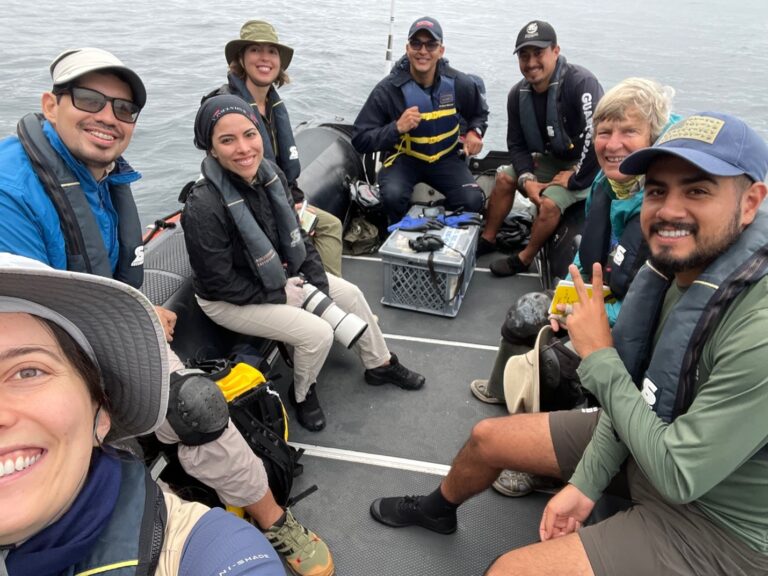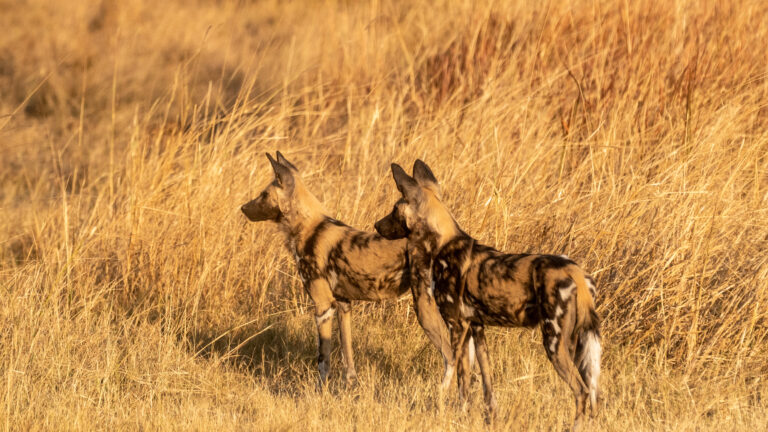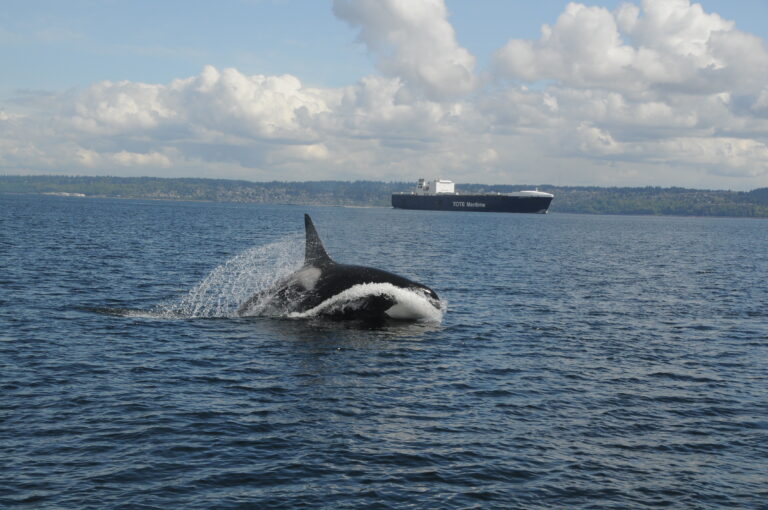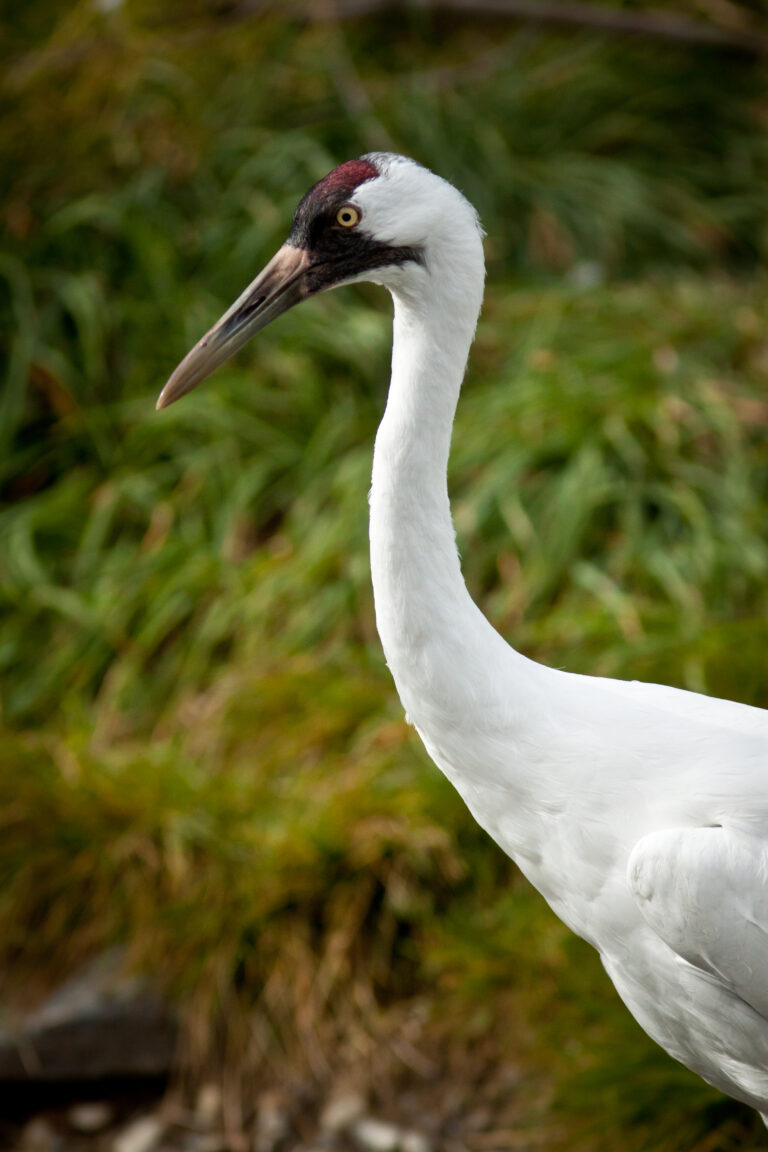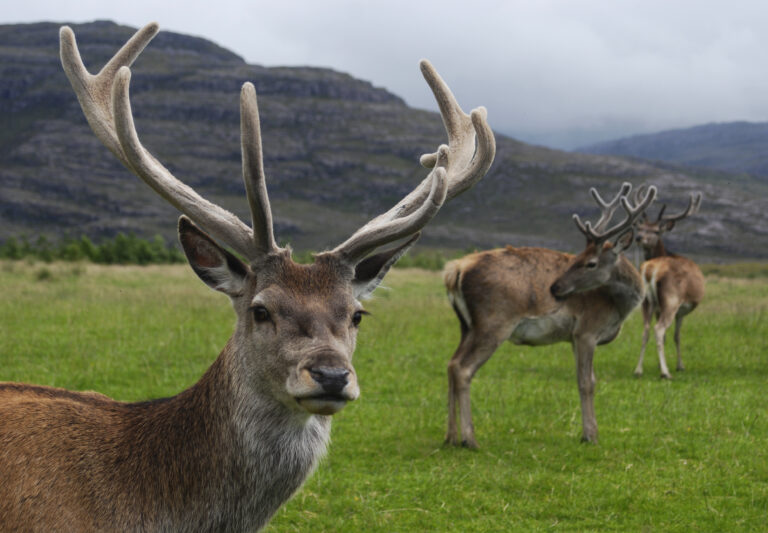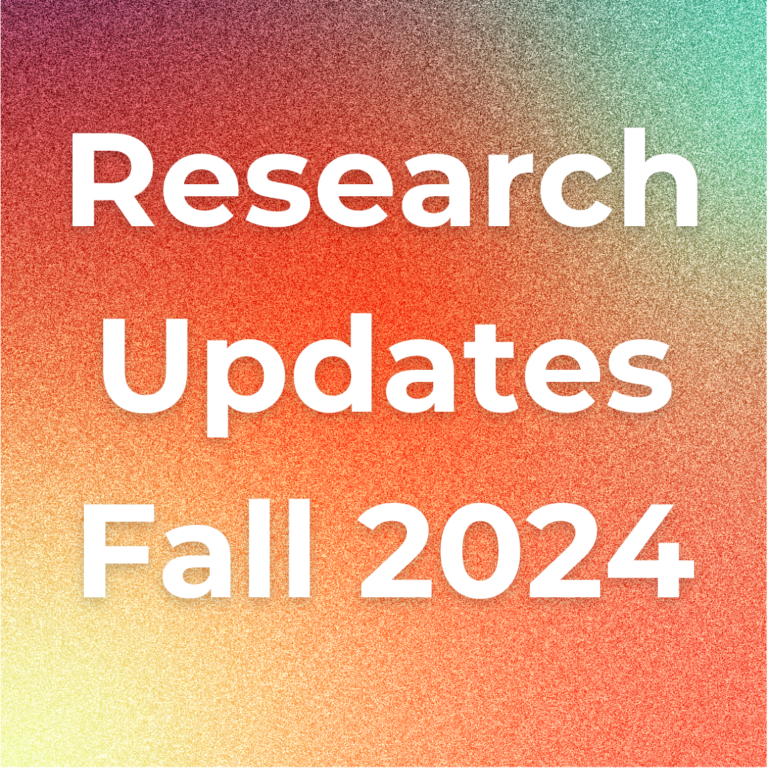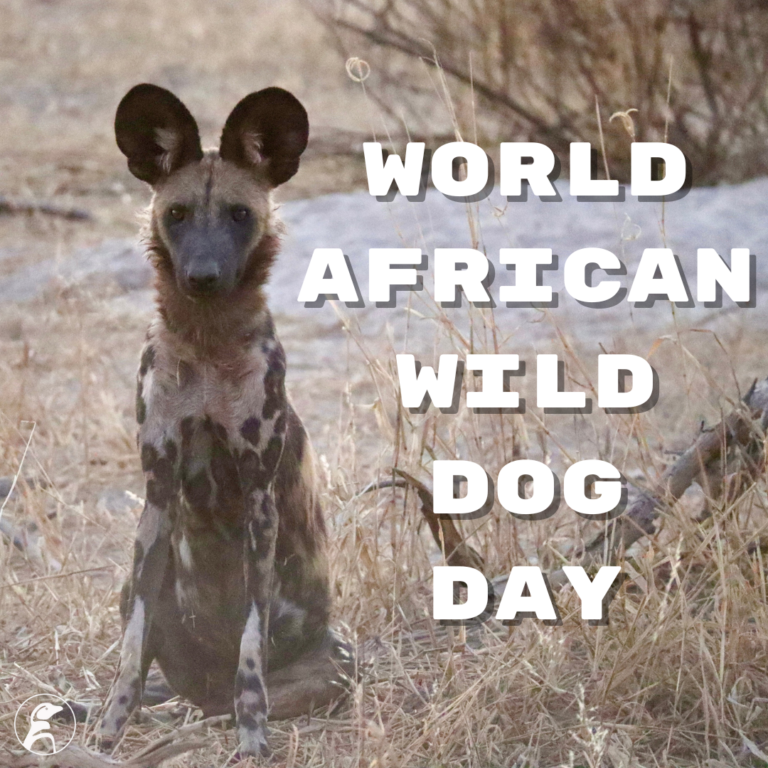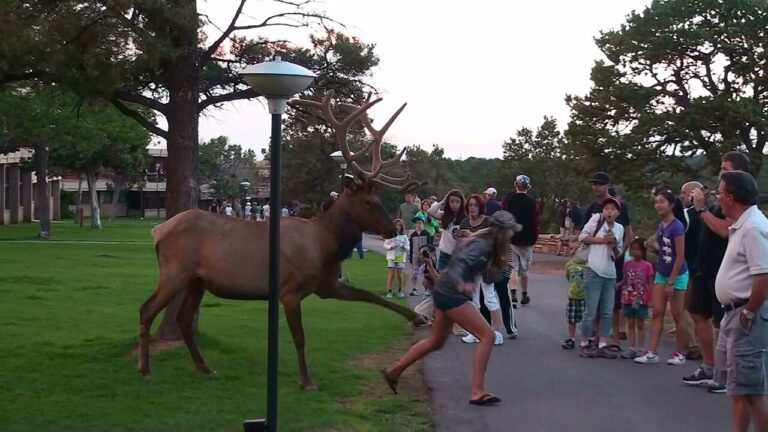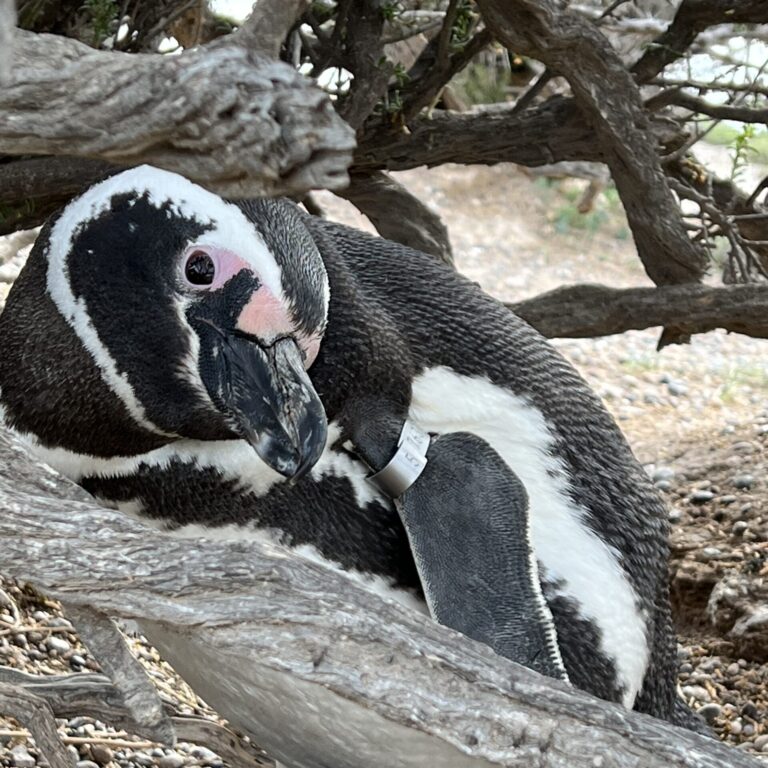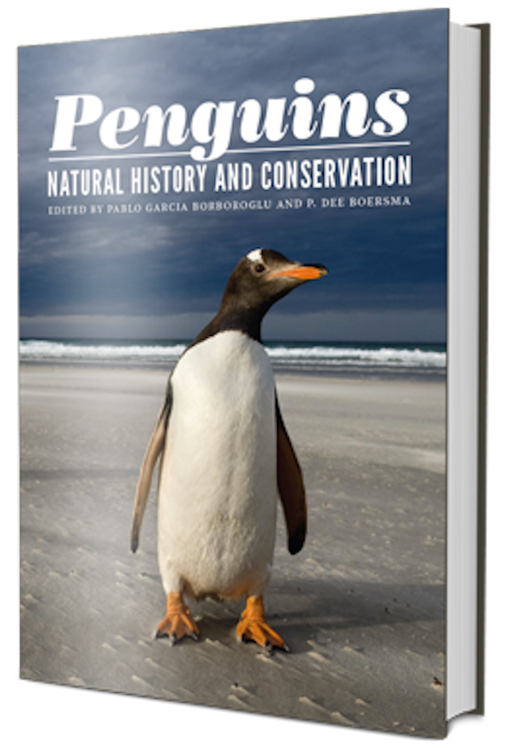Field Updates: Galápagos Islands, summer 2024
In July 2024, Dr. Dee Boersma and Dr. Caroline Cappello traveled to the Galápagos Islands for a penguin expedition unlike any they’d experienced before. Since 2010, CES has collaborated with Galápagos National Park and conservationist Godfrey Merlen to visit penguin breeding areas and conduct research. After Godfrey’s passing in 2023, CES—with heavy hearts but optimism for the future—sought a new […]
Field Updates: Galápagos Islands, summer 2024 Read More »
